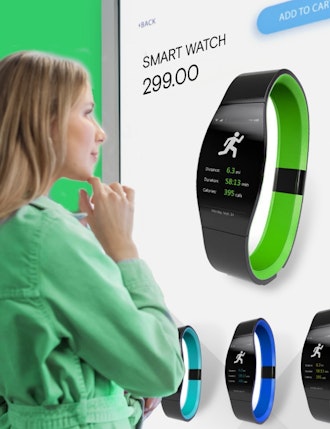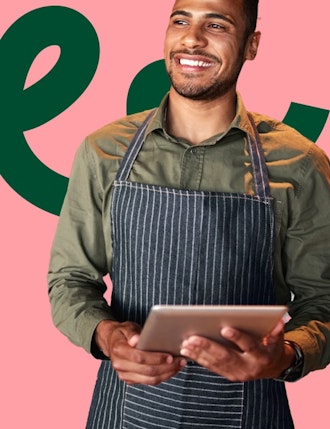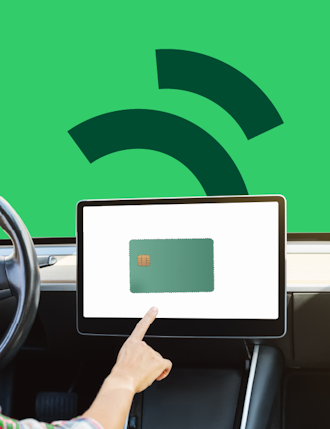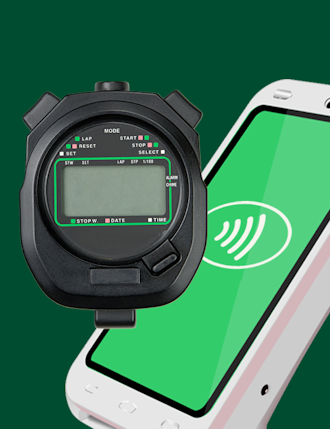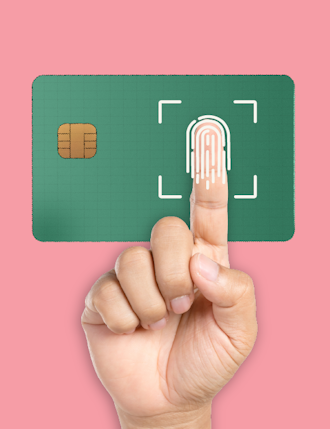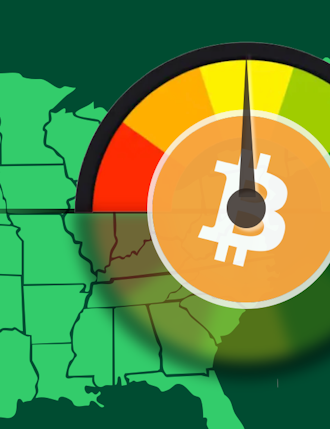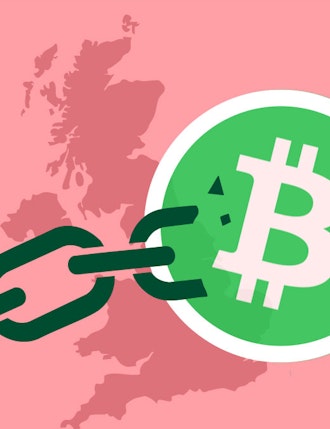We’ve been reading predictions about the end of in-person commerce for years. In the UK, the “death of the high-street” has been talked about for decades. Yet here we are, with the British Retail Consortium expecting retail sales to grow 4.7% in the second half of 2023.
For many retailers, in-person commerce is a firm fixture of their business model. Often it’s a successful one too, but only when retail outlets evolve with the needs of today’s changing consumer. When built around the needs of modern consumers, physical stores enable retailers to maximise their technology tools and reach a multichannel customer. Here are 5 reasons why in-person commerce is here to stay:
1. In-person stores still offer convenience
Yes, buying online is super convenient. But the growth of click and collect has shown that customers still want the convenience of physical stores. For retailers, pushing their click and collect model is also cheaper than delivery.
Plus, it brings more shoppers in store, which can lead to more purchases. In fact, around 30-40% of consumers using click and collect also buy additional items when in store.
Away from click and collect, physical stores allow customers to browse through several similar products and compare them, see and feel what items are really like, get advice from a knowledgeable member of staff and buy a product then and there. Physical stores can also offer unique sensory experiences that attract and engage shoppers and their imaginations in a way that online stores would never be able to do. Think of the great combinations of sites, smells and sounds that some shops offer at Christmas, helping patrons to get in the mood.
2. Enhanced customer experience
When done well, you still can’t beat the customer experience offered in store. But retailers can’t afford to stand still in today’s climate, they need to view their stores as experience-led as well as product-led. To succeed today, it can’t purely be the product focus of yesteryear. A great customer experience will make it easier for shoppers but it also creates a destination in its own right. And it is technology that holds the key.
Store apps, self-service payment terminals and the ability to pay with alternative digital payment methods are all vital for customer convenience in today’s world. And the likes of immersive technology, virtual reality and augmented reality can play a big part in the wider customer experience too. Take the example of Nike’s Soho store in New York. Customers can use their smartphone to frame the label of products related to a specific basketball team and access special content, videos and Spotify playlists related to that team. And when they buy some shoes they can try them on a basketball court equipped with kinetic sensors that capture their body movements and project them onto a big screen. Now that’s an experience.
3. Better customer service
Sometimes customers simply want to speak to a human. And when they do, they can get a service that they can’t get online. In fact, around 60% of shoppers feel that knowledgeable salespeople can influence their desire to go to a physical store. Around 75% are more likely to spend after getting high quality in-store service.
Even if customers are simply in store returning items or collecting those they’ve bought online, there is an opportunity to get them buying again with great customer service.
4. Understanding the customer
Of course, retailers can collect data from their customers online which will help them understand and predict consumer trends, but physical retail also gives them an opportunity to watch their customers in action. They can see how they interact with the space and their products – it’s valuable market research.
In-person commerce when done well can also merge the digital and online worlds. We’ve already mentioned immersive experiences and the need to offer self-service and digital payment solutions. But when it comes to your customer data, your physical store and your online store can’t be siloed. This is so important when customer journeys become more complex and span digital and physical channels, across a network of physical stores. These channels all need to be connected, with data to understand customer behaviour readily available across all. In-person payment orchestration is fundamental for this.
5. Physical stores can be used as part of the supply chain
One of the issues retailers face with omnichannel retail is the cost of logistics. Often when these increase it can eat into a retailer’s margins. To combat this some retailers use parts of their physical stores as warehouses and fulfilment centres – it can reduce inventory management costs and expand their reach across larger areas. This dual-purpose of physical stores can be a helpful tactic for many retailers.
Looking to adopt new payment technologies and seeking a partner to support you?
At Aevi we’re the in-person payment experts, and we believe that in-store is here to stay and that stores can grow stronger and better. We are passionate about working with our clients and partners in the retail sector to revolutionise the industry, bringing them closer to their customers and providing unmatched convenience worldwide. Contact us today to learn more!
Interested in reading more around this subject? Here are some useful articles…


